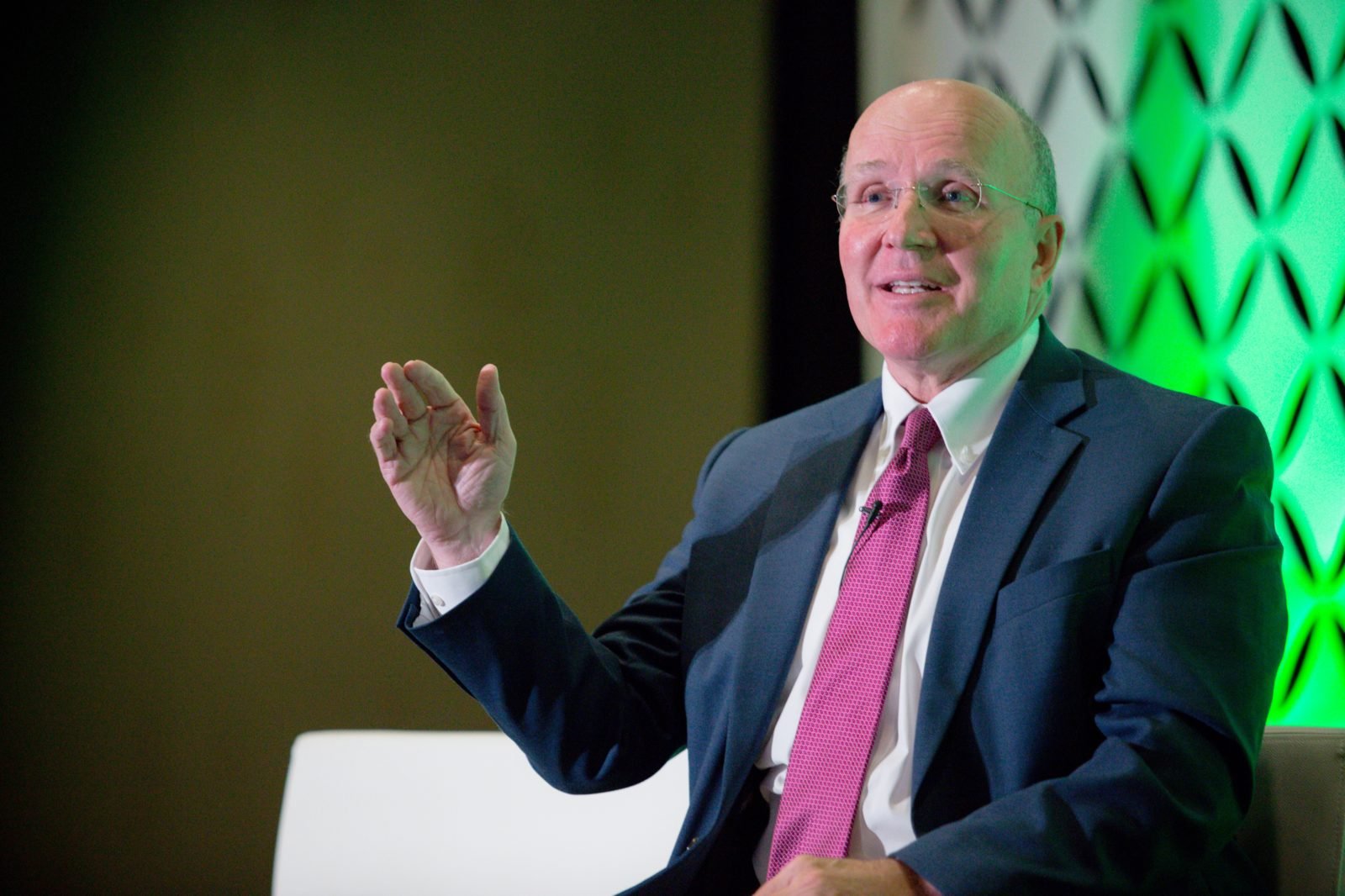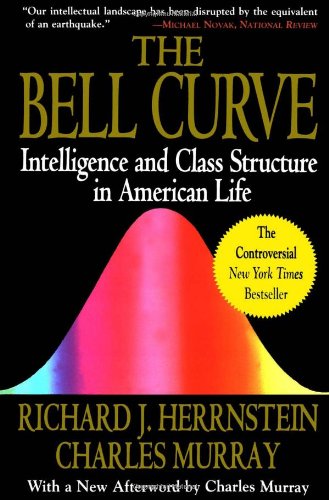Your people are actually volunteers, since whether or not they return to work on any given day is completely based on their own volition. Consider volunteer. It’s usually based on a desire to contribute to something larger than themselves. They work hard—some would say harder than at their jobs—for these organizations because they are dedicated to the cause and they have the passion, the desire, and the dream to make a difference in the lives of others. All for zero pay. Why?
I am not suggesting freedom for people “to do their own thing”; that is not freedom, it is license. The flip side of freedom is responsibility. Holding people accountable for the results they achieve, hardly a prescription for anarchy and chaos. When leaders feel they need to tightly control a knowledge worker, they have made a hiring mistake.
There is no better way to demoralize knowledge workers than to have them perform duties that interfere with the tasks they are qualified to do. In all probability, the best way to increase the effectiveness of most knowledge workers is by removing various tasks that distract them from their core specializations. We do not want surgeons piercing ears or nurses spending half of their time completing paperwork (a common complaint).
Far Fewer Knowledge Workers Than We Think
Dan Morris has not let me down. He thinks I’m wrong about most professional firms being filled with knowledge workers; he believes the majority of them are more akin to factory workers in the days of Taylor. Now I know this is a heretical view, but Dan has assembled a very powerful argument to support his assertion. He does not deny professionals have the potential to be knowledge workers. His argument is they are not largely because of the incentives and structures of the firms in which they operate, which function more like sweatshops of yore.
Stephen Covey writes about exactly this in his latest book, The 8th Habit: From Effectiveness to Greatness: “… It’s the leadership beliefs and style of the manager, not the nature of the job or economic era, that defines whether a person is a knowledge worker or not. If he is not perceived as a knowledge worker, that is, if a janitor is not seen as the local expert on janitorial work, then he is a manual worker and not a knowledge worker.”
I do not agree with this definition in its entirety. The major determinant of knowledge workers is that they own the means of production, and they apply knowledge to knowledge to create value. Covey’s requirement of the leadership beliefs and style of management may be necessary conditions, but they are not sufficient, in and of themselves, to define knowledge work.
In the old days, one took their coffee to the office. With Starbucks and knowledge workers, we now take our office to the coffee.
Most professional service firms to measure their team members, they all come from the Industrial Revolution’s command-and-control hierarchies (realization and utilization rates, billable hour quotas, etc).
Dan further supports his argument by stating that leaders of knowledge workers:
Don’t impose billable hour quotas.
Understand knowledge workers are paid for ideas, not hours, like union employees.
Allow at least 15 percent of team member time for innovation and creating better ways to add value to customers. (This certainly destroys productivity under the old metrics.)
Understand that judgments and discernment are far more important than measurements in assessing performance.
Are focused on outputs, results, and value, not inputs, efforts, activities, and costs.
Don’t require timesheets that account for every 10 minutes of their day.
Trust their workers to do the right thing for the firm and its customers.
Recognize that individuals have value, not jobs.
Allow their workers to monetize the value of their output, through stock options or other incentives that share the wealth created by minds, not machines.
Conduct AARs and other ways to bank their IC
Select workers who are passionate and self-motivated and don’t need constant supervision.
The purchase of Pixar by Disney, on January 24, 2006, for $7.4 billion in Disney stock. Disney will have to respect Pixar’s culture and continue to let it make quality movies at its own pace, in its own way.
Otherwise, if Pixar’s creative talent leaves, “Disney just purchased the most expensive computers ever sold,” according to Lawrence Haverty, a fund manager at Gabelli Asset Management.
It remains to be seen whether Disney can learn from Steve Jobs’ philosophy: “You cannot mandate productivity, you must provide the tools to let people become their best.”
Knowledge workers cannot be told how to do their job, since many understand the job at hand better than their bosses. They cannot be held accountable for results if their methods are micromanaged.
It is obvious executives who are responsible for knowledge workers are going to have to become much more comfortable with intuition, judgment, and discernment over measurements. You simply cannot manage people by numbers.
Knowledge Workers of the World Unite!
It is time for the firms of the future to remove the sword of Damocles—objective measurements hanging over the head of their workers—and unleash them from a theory no longer applicable to the modern intellectual capital economy.
It requires leadership and vision. It requires knowing you are doing the right thing, not just doing things right. It requires focusing the company on the external results it creates for customers and simultaneously building the type of organization people are proud to be a part of and invest their intellectual capital in. It requires an attitude of experimentation, not simply doing things because that is the way it has always been done. It requires less measurement and more trust.
To paraphrase from the last lines in Karl Marx’s The Communist Manifesto: “Knowledge workers of all countries, unite! You have nothing to lose but your timesheets.”
Why Knowledge Grows
















































































